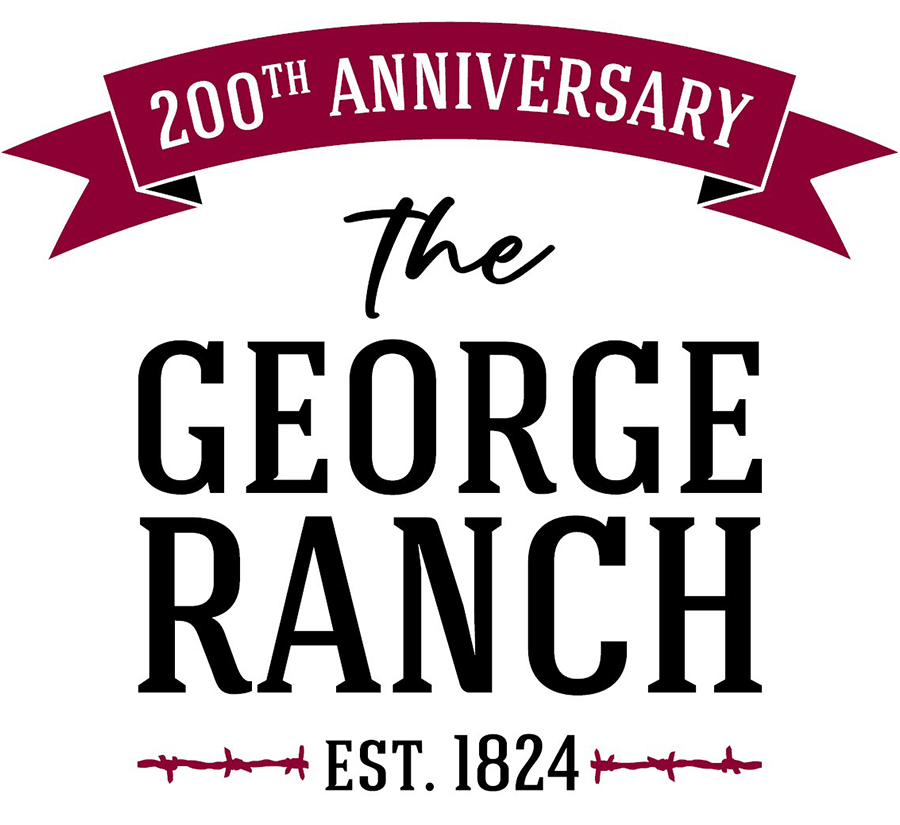The Families Who Helped Build a Legacy: The 1890s
This is a continuation of a blog series on the families who lived and worked alongside the Jones, Ryon, Davis and George families here at the George Ranch. Click here for part one.
The Edwards Family
Cain Edwards — Cain, like his mother Celia, was born into slavery at the Jones River Place in 1848. He was 17 when emancipated after the Civil War. Like his parents Firema and Celia, he signed labor contracts with William Ryon in 1866 and 1867.
In the following decades, however, he evolved from sharecropper to cash renter. By 1880, he was renting a farm with cash from Wyly P. Jones.
However, unlike many of his contemporaries who became trapped in an endless cycle of interdependency with their landlord, Cain managed to break free. In 1884, he purchased 48 acres of farmland for $250 in cash and a note for $240 payable a year later. To meet the payment, he sold half of that plot to his parents, Firema and Celia, thus realizing the family dream of land ownership. This land, and the accompanying house built by Cain, were still owned by his descendants in the 20th century.
Following in the footsteps of the family, Cain’s sons Tom and Will worked for the Ryon Farm and Pasture Company in the 1890s for several years.

African American cowboys, 1880-1890s. An unidentified photograph, this image is thought to be of the African American cowboys who worked for the Jones-Ryon-Davis Holdings.
The Martin Family
George Martin — George Martin, son of Peter and Judith Martin, was born into slavery in 1823. Despite his own father’s emancipation in 1842, George remained a slave of William Stiles Jones until the end of the Civil War. Like his father, George developed skills as a ranch hand and may have even acted as overseer for William before emancipation.
After emancipation, George and his wife Ann signed a labor contract with William Ryon. George signed first, which may have indicated his role as foreman on the ranch. By 1870, George owned property worth $150 and lived with his in-laws and four children. Continuing the tradition of their father and grandfather, the Martins’ sons George and Henry, ages 22 and 19, worked for the Jones & Davis Co. as stock hands in 1883 and 1884.
The Jones-Ryon Family
Sam Ryon — Son of Cora Fenton Jones, Sam was born in 1859. As a young man, Sam began working his way up the ladder at the Ryon Farm and Pasture Company.
In 1880, Sam began simply as a cowhand. However, by 1893, he had advanced to the role of cowboy and ranch foreman for the company. He also served as overseer of the public road in 1893 and 1894 and supervised the ranch hands in maintaining the road. His duties included regular correspondence with J.H.P. Davis, ordering supplies and facilitating payment for the ranch hands he supervised. Through this period, Sam acquired a number of livestock, including eight mules and horses and 15 head of cattle. In 1882, he registered his own brand.
This information originated as a pop-up Juneteenth exhibit at the George Ranch Historical Park. Most of the research came from Michael R. Moore’s thesis titled, “Settlers, Slaves, Sharecroppers, and Stockhands: A Texas Plantation-Ranch, 1824-1896.” Moore is a former executive director of the Fort Bend History Association; his thesis can be found at the Houston Public Library.



